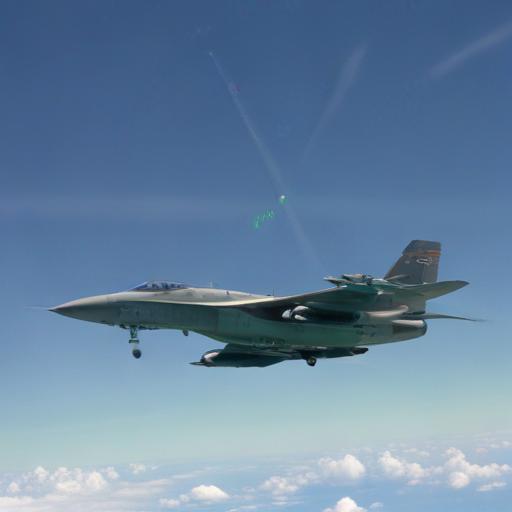India’s recent military actions have highlighted the escalating tensions between India and Pakistan, particularly in the field of air defense. According to a statement from the Press Information Bureau, an air defense system located in Lahore, Pakistan, was destroyed during a counter-strike by Indian forces in the early hours between Wednesday and Thursday. This operation followed a missile and drone assault by the Pakistani military that targeted military installations across 15 cities in northern and western India; however, Indian defense forces successfully intercepted all incoming threats.
The Indian government reported that its armed forces targeted various air defense radars and systems across Pakistan with a level of intensity similar to that exhibited by Pakistan. This strategic response reflects a significant component of military strategy known as Suppression of Enemy Air Defences (SEAD), which aims to disrupt and neutralize opposing air defense capabilities, thereby securing air superiority. The ability to control the skies is crucial for any military operation, enhancing the effectiveness of ground forces.
Historical precedents in SEAD missions demonstrate their importance in modern warfare. The concept emerged prominently during World War II, with Britain’s air force leading initiatives to locate and dismantle German air defense systems. Over the years, SEAD strategies evolved, especially during the Vietnam War, where the U.S. Air Force developed specialized tactics against integrated air defense systems.
Advanced anti-radiation missiles have significantly enhanced the effectiveness of SEAD operations. In the Indian context, the successful strike in Lahore indicates India’s preparedness to assert air superiority and effectively neutralize surface-to-air missile threats if conflict escalates into a full-scale war. These developments underscore not only military readiness but also signify the delicate balance of power in the region.
While the current situation escalates tensions, the ability of nations to protect their airspace through sophisticated technology and tactics represents a strategic dimension of international military operations. The hope lies in diplomatic resolutions that prevent further conflict and promote stability in the region.
Overall, as the dynamics between India and Pakistan evolve, the emphasis on air defense capabilities and countermeasures signals a critical period that demands careful monitoring and diplomatic engagement.
